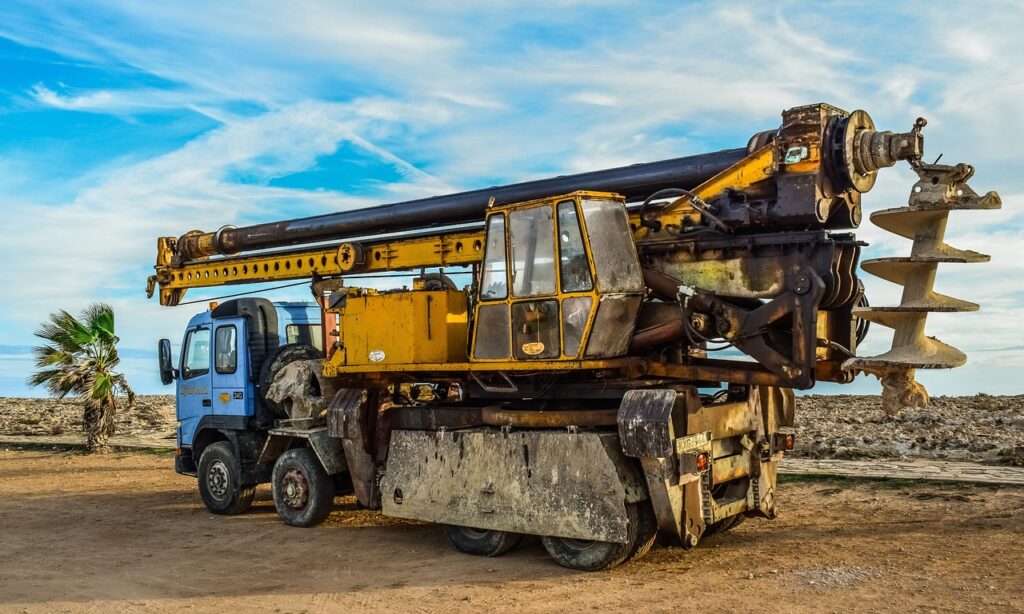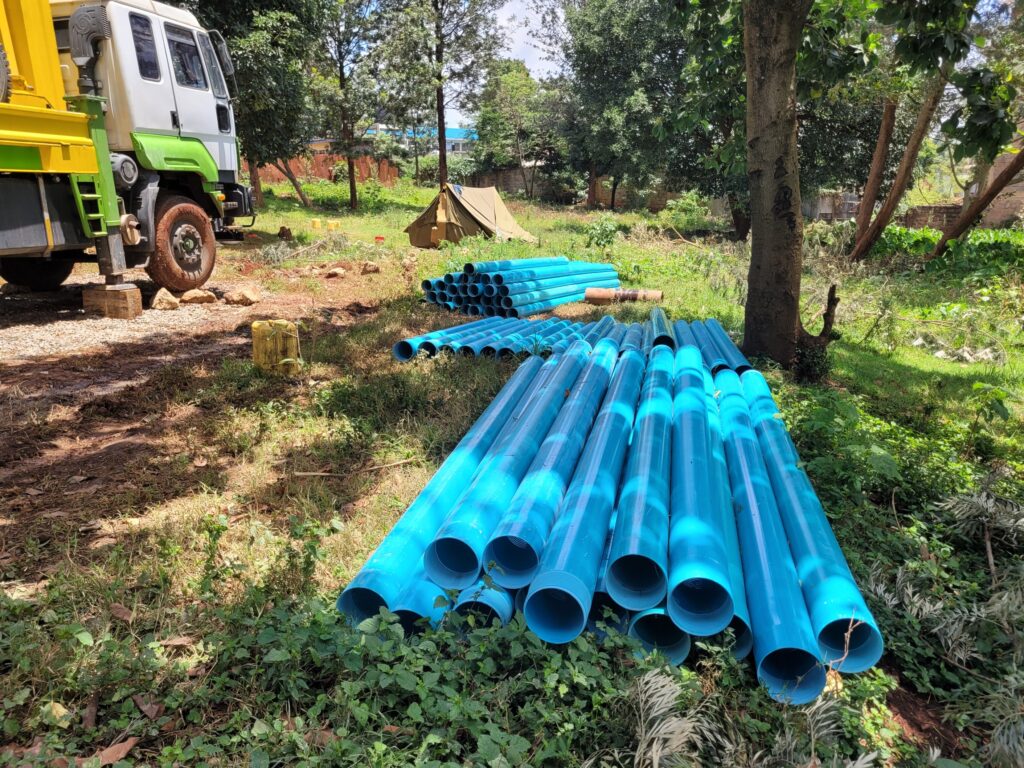Have you ever heard of an artesian well?
It might sound like a fancy term, but it’s a natural way to get water from underground.
Many people rely on artesian wells for fresh water without a pump.
But how does it work?
What makes it different from a regular well?
In this article, we’ll explain everything you need to know about artesian wells simply and easily.
1. Understanding Artesian Wells

What Is an Artesian Well?
An artesian well is where water flows to the surface independently due to underground pressure. This happens when water is trapped between rock layers, creating a natural push that forces the water upward.
How Is It Different from a Regular Well?
Most wells require a pump to bring water to the surface, but artesian wells can sometimes flow naturally. This is because of the pressure from underground water layers.
A regular well, on the other hand, needs to be drilled and pumped to extract water.
What Creates an Artesian Well?
For an artesian well to exist, the following conditions must be met:
- A confined aquifer is a layer of underground rock or sand holding water.
- A water source – Rainwater or melted snow must seep into the ground and fill the aquifer.
- Pressure – Water is trapped between two rock layers, creating pressure that forces it upward when a well is drilled.
Also read >>> Do You Need Permits to Drill a Borehole in Kenya?
2. How Artesian Wells Work
Understanding Groundwater Pressure
Imagine squeezing a water bottle with a small hole in it. When you release the cap, the water squirts out on its own. This is similar to how an artesian well works. The pressure underground pushes the water up without needing a pump.
Types of Artesian Wells
There are two main types of artesian wells:
- Flowing Artesian Well – The water pressure is so strong that it reaches the surface and flows out independently.
- Non-Flowing Artesian Well – The water still has pressure but does not reach the surface on its own. A pump is needed to bring it up.
3. Benefits of Artesian Wells

Many people prefer artesian wells because they have several advantages:
1. Naturally Filtered Water
Since the water travels through rock layers, it is naturally filtered and often cleaner than surface water sources like rivers or lakes.
2. No Need for a Pump (for Flowing Wells)
If the pressure is high enough, water comes out naturally without needing a pump. This saves money on electricity and maintenance.
3. A Reliable Water Source
Artesian wells provide a consistent water supply, even in dry seasons, as they are connected to deep underground water sources.
4. Cost-Effective
Once drilled, an artesian well requires less maintenance than other water sources. Since it often does not need a pump, there are fewer running costs.
Also read >>> How Deep Can a Hand Pump Work in a Borehole?
4. Challenges and Considerations
Even though artesian wells have many benefits, there are also some challenges to consider.
1. Overuse Can Deplete the Water Supply
If too much water is removed, the underground pressure can drop, making it harder for water to flow naturally. This can cause the well to stop working properly.
2. Risk of Contamination
Although artesian wells provide clean water, they can still become contaminated if harmful substances seep into the groundwater. Regular testing is necessary to ensure the water remains safe to drink.
3. Legal and Environmental Regulations
In many places, drilling an artesian well requires government approval. It’s important to check local rules before digging a well.
5. How to Drill and Maintain an Artesian Well
If you are thinking about getting an artesian well, here are the basic steps involved:
1. Finding a Good Location
A hydrogeologist (water expert) or well-drilling company can help find the best location for drilling by studying underground water sources.
2. Drilling the Well
A professional drilling team uses specialized equipment to dig deep enough to reach the confined aquifer where pressurized water is stored.
3. Installing the Well Casing
A casing (a protective pipe) is placed inside the well to keep the walls from collapsing and to prevent contamination.
4. Testing the Water
Once the well is drilled, the water should be tested to ensure it is safe to drink and free from harmful chemicals.
5. Regular Maintenance
- Water testing – Check the water quality every year.
- Cleaning – The well should be cleaned if there are signs of contamination.
- Repairs – If the water pressure decreases, experts should inspect the well for possible problems.
Conclusion

An artesian well is a great way to access clean and natural groundwater. It uses underground pressure to push water to the surface, making it different from regular wells that require pumps.
While artesian wells offer many benefits, they also need proper care to avoid contamination and overuse.
If you’re considering drilling an artesian well, it’s important to consult professionals and follow the necessary regulations.
An artesian well can provide fresh and reliable water for many years with the right setup!
You can find us on Facebook, YouTube, and TikTok for more insights and success stories.
Also read >>> What Is a Hydrogeological Survey and Why Is It Important



세심한 서비스와 감성적인 분위기,
강남호빠는 특별했어요.
I was truly impressed with the service and elegance of 강남호스트바.
Pretty! This has been an incredibly wonderful post. Thank you for providing this information.